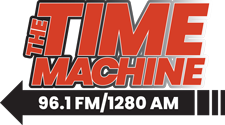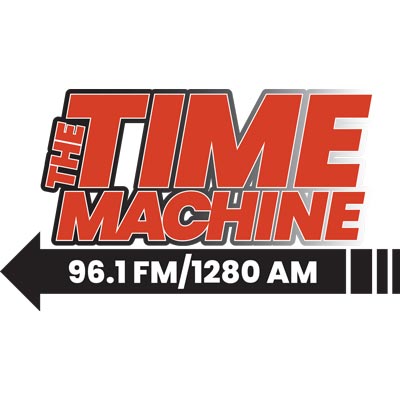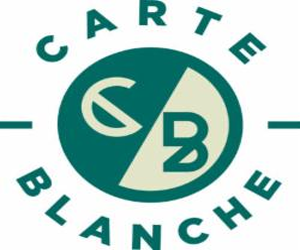This week we’ll get some housing data, but the main event will be the consumer price index and producer price index for the month of June.
Are the Worst Tariff-Induced Inflation Fears Justified?
So far, inflation has continued to moderate partly due to lower energy prices and cooling housing costs. The Consumer Price Index (CPI) increased by just 0.08% in May, a sharp drop from the 0.2% increase in April. Core CPI increased by just 0.12% in May, half of the 0.24% increase in April.
Meanwhile, the wholesale prices measured by the Producer Price Index (PPI) – a leading indicator of the prices consumers could face – showed a sharp finished consumer goods increase, rising 0.4% in May. This was a major reversal after a 1.8% decline in March and a 0.2% decline in April.
As costs to producers rise, consumer goods prices are also expected to increase. The consensus forecast: a 0.3% increase in CPI.
However, the price increases are likely to be short-lived as consumer spending pulls back. Consumers are hunkering down, paying down high interest rate credit card debt and the savings rate is rising. In May, revolving credit decreased at an annual rate of 3.2%.
Housing Data Could Signal Broader Economic Weakness
Builders are very good at forecasting housing demand. This month’s housing starts report also will be revealing. If fewer housing units are started, construction sector employment could continue to decline. Last month, residential construction employment fell 0.1% and is now just 1.7% higher than a year ago – a significant decline from the 2.6% at the start of the year.
The housing sector serves as a bellwether for broader economic confidence. With credit access tightening from student loan delinquencies and consumers pulling back on spending, any weakness in housing starts would signal that builders are bracing for reduced demand ahead.
What It All Means
This week’s data will test whether tariff-induced inflation pressures can take hold amid weakening consumer demand. The divergence between producer and consumer prices tells the story: costs are rising for businesses, but their ability to pass those costs through to consumers may be limited by deteriorating spending power.
Watch for signs that demand destruction is outpacing cost-push inflation. While the Fed’s wait-and-see approach on prices may have been justified, it is potentially accelerating the economic slowdown.






